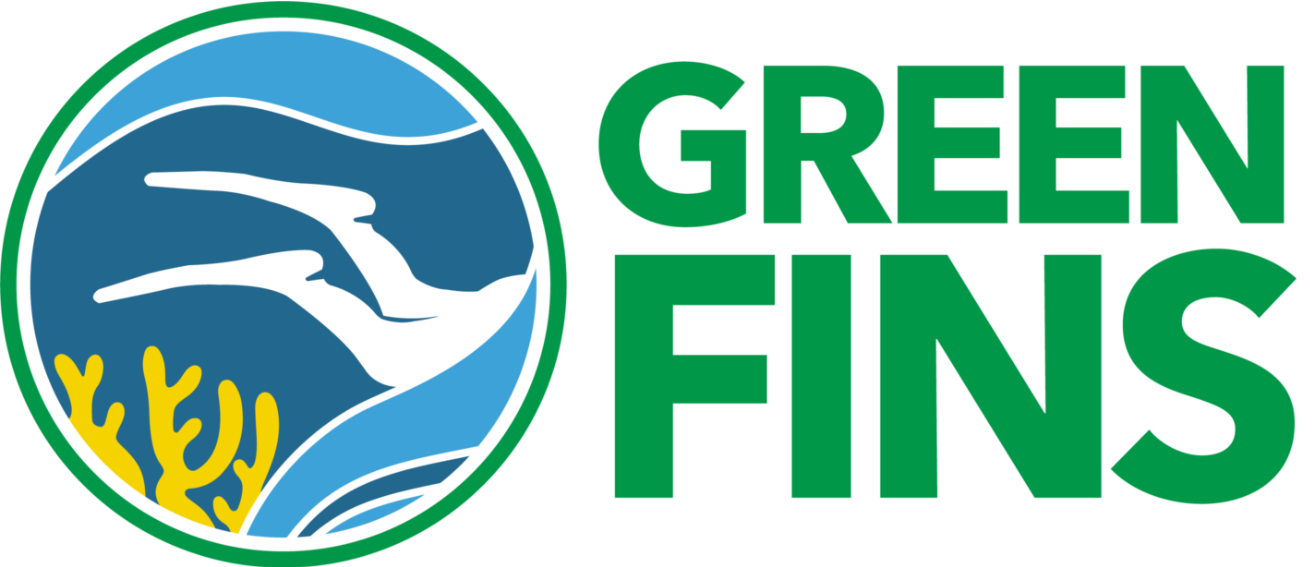These guidelines have been created to ensure you have a great visit in our waters while our breathtaking big fish remain unaffected by your presence. By following these simple rules, it has been proven that you will have longer more enjoyable interactions with our beautiful manta rays and mola.
These guidelines apply To divers and snorkelers alike:
• Never touch a manta ray, mola, other fish, coral, or anything else while diving. If a manta ray or a mola approaches you, remain still, but do not touch it!
• Always approach manta rays and mola very slowly within their field of view and do not splash the water.
• Stay close to the reef and never surround the manta ray or mola.
• Never enter the cleaning station. If the cleaning fish are disturbed or the coral on or near the cleaning station is damaged the cleaning station can be compromised and the manta rays and mola may not come back.
• Always maintain a minimum distance of 3m (or 2 body lengths) from the closest manta ray or mola.
• Maintain a minimum distance of 10m (or 5-6 body lengths) when they are unsettled (not cleaning) and approaching the reef.
• Never be closer to the manta ray and mola than your guide.
• Do not swim closely behind the manta ray or mola; this is how predators usually attack and your close proximity may startle them.
• Do not swim directly above or below the manta ray or mola as this may disturb cleaning and feeding behaviour. However, if the manta ray or mola decides to swim above you remain still and blow as few bubbles as possible.
• Never block the escape route off the reef, out of a feeding area, or the pathway onto a cleaning station.
• Do not use personal underwater motorized propulsion vehicles or make any unnecessary loud noises.
• Follow the directions of your dive guide.
• Do not touch or kick the hard or soft coral. Good buoyancy is a must!











